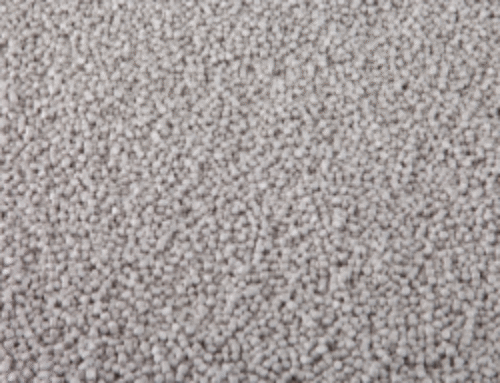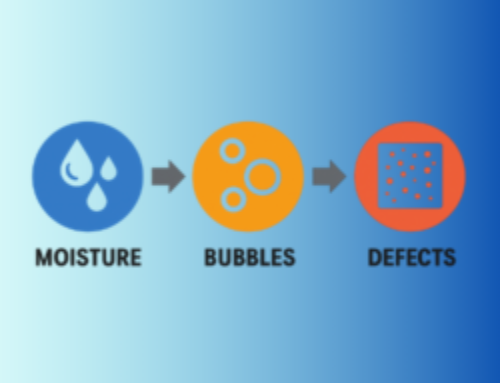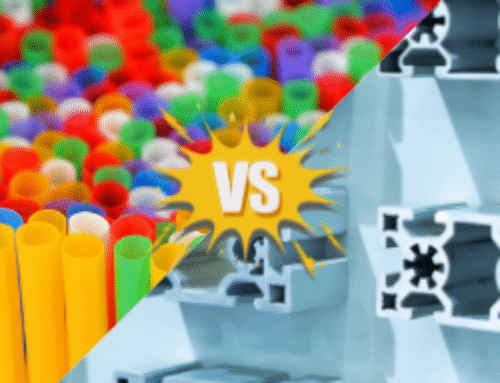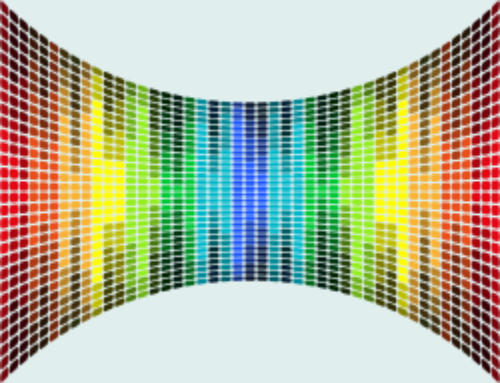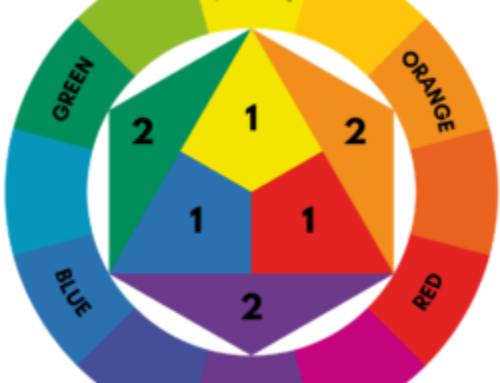Plastics are processed across a wide range of temperatures depending on the resin type and the application. For example:
| Resin | Typical Processing Temperature |
|---|---|
| Polypropylene (PP) | 400-500 °F |
| Nylon (PA) | 500-550 °F |
| PEEK | 650 °F + |
| PVC | 320-400 °F |
The higher the processing temperature, the more likely pigments are to degrade, shift in hue, or lose opacity—unless they’re carefully selected for thermal stability.
Pigment Behavior in High-Heat Processing
Common Challenges:
Color Shift or Fading: Organic pigments can break down under high heat, resulting in unexpected browning, yellowing, or dullness.
Decomposition Odor or Fumes: Thermal degradation of certain pigments can produce undesirable byproducts.
Loss of Strength or Coverage: Inorganics may maintain tone but lose tinting strength under prolonged heat exposure.
Best Practices:
Use High-Heat-Stable Pigments: Iron oxides, certain carbon blacks, and specially engineered organics are better suited for high-heat applications.
Test Under Real Processing Conditions: Lab matches aren’t enough; pigments must be validated at true production temperatures.
Watch for Resin-Pigment Interactions: Some combinations can cause unforeseen chemical reactions at elevated temperatures.
Pigment Behavior in Low-Heat Processing
Common Challenges:
Underdispersion: At lower temps, some pigments don’t fully wet out or disperse, leading to streaking or specks.
Carrier Compatibility: Pigments in concentrates may not flow well in cooler-running resins like PVC or LDPE.
Color Strength Overload: Low-heat systems often need less pigment loading, or the color can come out too strong or uneven.
Best Practices:
Optimize Pigment Loading: Less is often more—reduce load to improve flow and appearance.
Select Easily Dispersible Pigments: Choose pre-treated pigments for improved flow at low shear and temperature.
Pair with Compatible Carriers: Use concentrates formulated for low-temperature compatibility.
